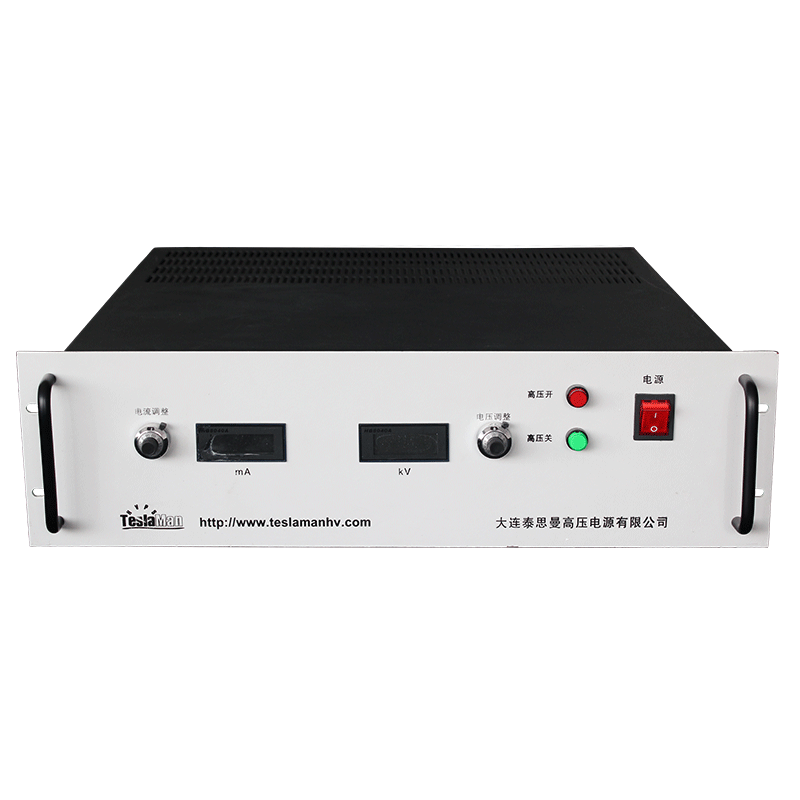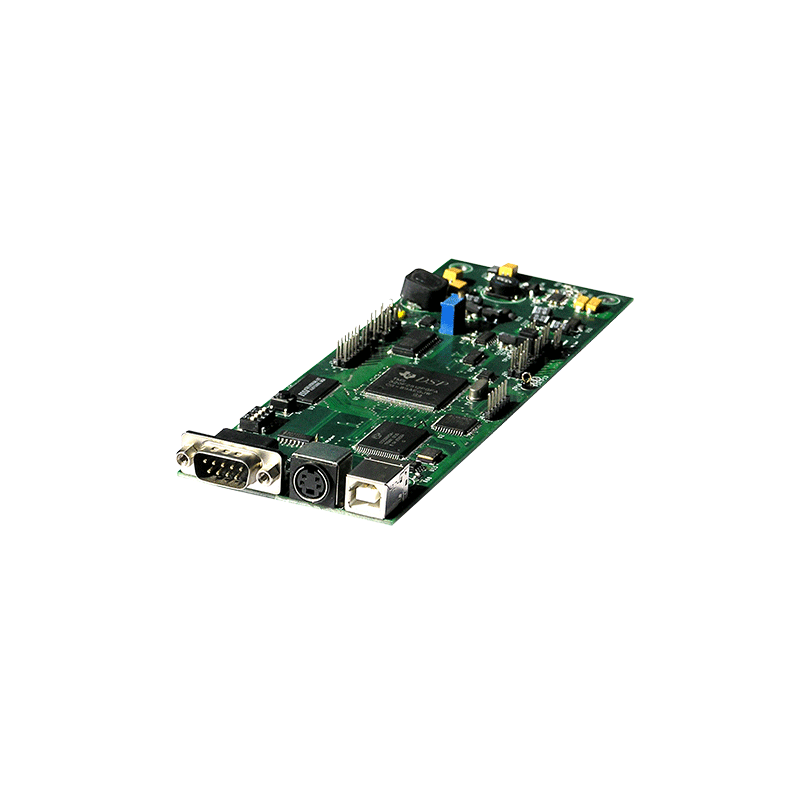Exploring the Mysterious World of Vascular Imaging: Applications of High Voltage Power Supply
Beneath our skin lies a network of veins through which nearly every cell in our body receives the impact of our heartbeat. Any errors that occur in this high-speed network can lead to serious medical issues such as epilepsy, stroke, and even silent tumors. To uncover these demons, internists often need to meticulously study the blood flow of veins in order to detect anomalies. Vascular imaging is an advanced technique that enables doctors to view vibrant veins within a digital image and, after clarifying the illness, select the best course of treatment.
In vascular imaging, high voltage power supplies play a very important role. High voltage power supplies produce high voltage currents, which make the contrast agents in the veins clearly visible and aid doctors in diagnosing anomalies in the veins, heart and other organs. Furthermore, high voltage power supplies can control the intensity of the X-ray source to produce clear images and prevent unnecessary radiation damage to the body.
So, how is the high voltage power supply applied in vascular imaging? Let us first understand the basic structure of the high voltage power supply. A high voltage power supply is composed of a transformer, voltage doubler rectifier, filter, and fuse unit, and generates high-voltage DC electrical power. However, the high voltage, waveform, and repetition rate are usually determined by different application scenarios. What key parameters do we need to pay special attention to in vascular imaging?
Before using a high voltage power supply for vascular imaging, we need to prepare each patient adequately. Doctors typically inject a specific type of contrast agent into the patient’s body, and this contrast agent can be captured by the scanner and intensified by the high voltage power supply. Additionally, the output voltage of the high voltage power supply is fixed, but the current can be adjusted to control the exposure time of the radiation. Due to the variability of individual patients, it is necessary to adjust the current based on their particular body characteristics.
Adjusting the high voltage power supply requires specialized personnel to perform in context-specific situations. In general, the results of adjustments should ensure accuracy and clear imaging without posing any additional risks to the patient. If any risks or unsatisfactory results occur, the operation should be stopped immediately and professional help sought.
Despite the critical role of high voltage power supplies in vascular imaging, there are still some defects that need attention. The quality and performance of high voltage power supplies may differ and may impact their operational effectiveness, and installation or improper use can also compromise their stability. In the modern medical industry, high-tech development plans are always in progress, where highly impressive technological solutions emerge consistently. High voltage power supplies are among the solutions that will continue to play a significant role in innovative projects and discoveries.




















